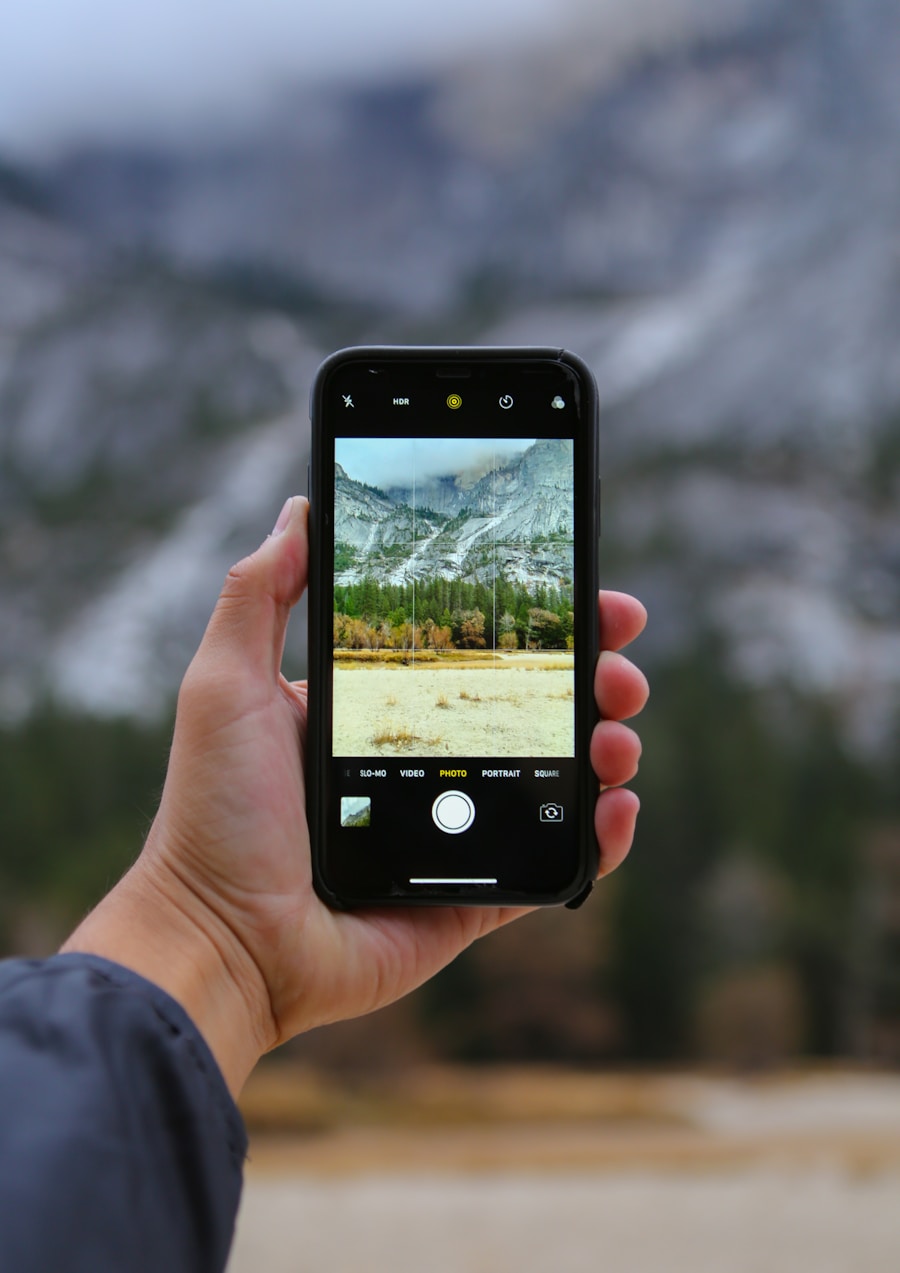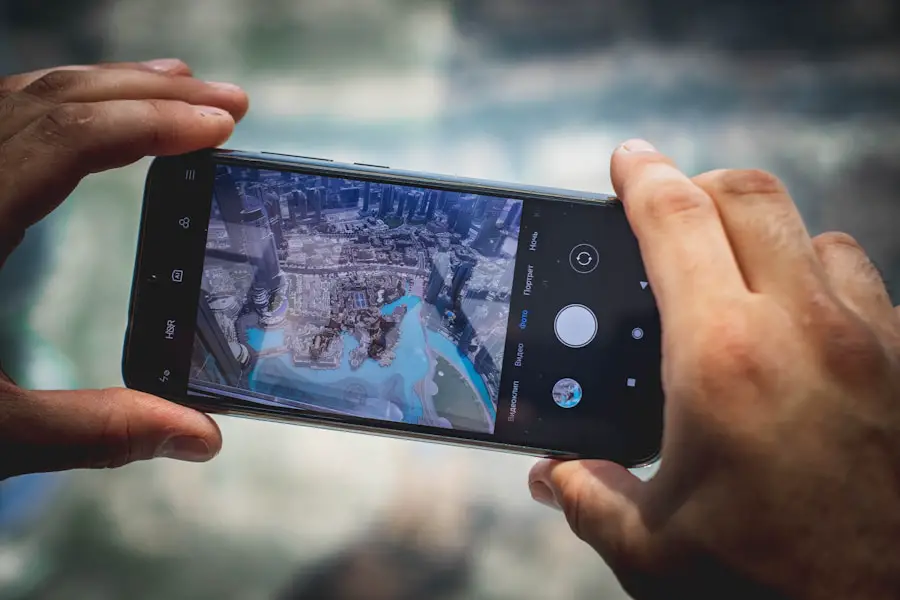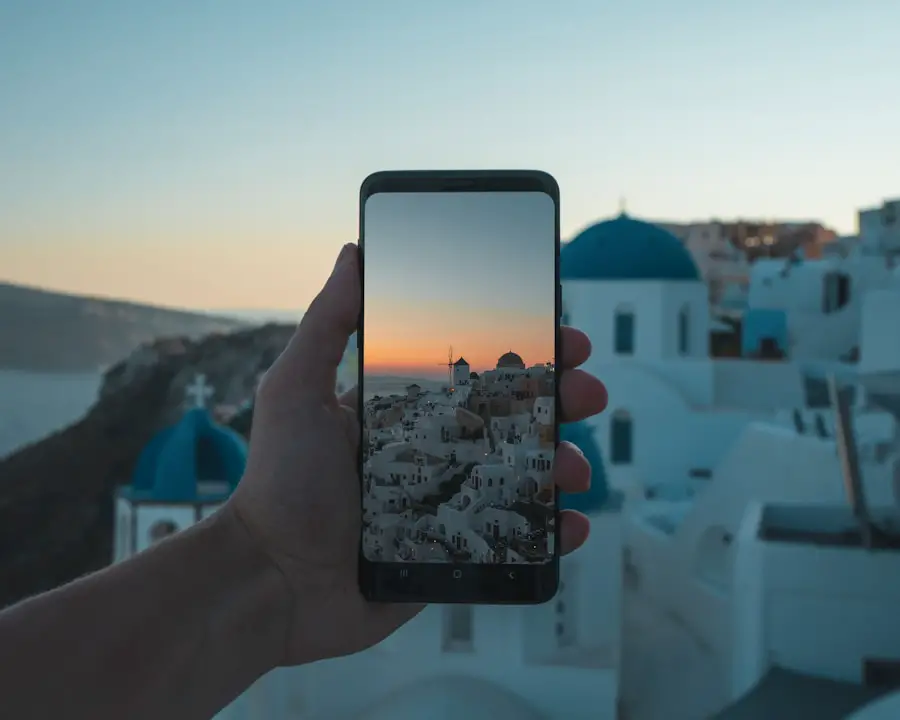Location sharing has become an integral part of modern communication, enabling users to connect and coordinate with one another in real-time. This feature allows individuals to share their geographical position with friends, family, or colleagues, facilitating easier meet-ups and enhancing safety. The technology behind location sharing relies on GPS (Global Positioning System), cellular networks, and Wi-Fi signals, which work together to pinpoint a device’s location with remarkable accuracy.
As smartphones have evolved, so too have the methods and applications for sharing location data, making it a seamless experience across various platforms. The implications of location sharing extend beyond mere convenience; they also raise important considerations regarding privacy and security. Users must navigate the balance between the benefits of sharing their whereabouts and the potential risks associated with exposing their location to others.
For instance, while sharing your location can help friends find you in a crowded area or allow family members to track your journey for safety reasons, it can also lead to unwanted attention or breaches of privacy if not managed properly. Understanding the nuances of location sharing is essential for users who wish to leverage this technology effectively while safeguarding their personal information.
Key Takeaways
- Location sharing allows users to share their real-time location with friends, family, or colleagues.
- Enabling location services on Android involves accessing the device’s settings and turning on the location feature.
- Sharing location from Android to iPhone using Google Maps requires both users to have the app installed and to follow specific steps to share their location.
- Sharing location from Android to iPhone using messaging apps like WhatsApp or iMessage involves using the app’s built-in location sharing feature.
- Sharing location from Android to iPhone using third-party apps like Glympse or Life360 provides additional features and customization options for location sharing.
- Ensuring privacy and security when sharing location involves being mindful of who the location is being shared with, setting time limits for sharing, and using trusted apps with strong privacy policies.
Enabling Location Services on Android
To begin sharing your location on an Android device, it is crucial first to enable location services. This process is relatively straightforward but may vary slightly depending on the specific version of Android you are using. Generally, users can access location settings by navigating to the “Settings” app on their device.
From there, they should look for the “Location” option, which may be found under “Connections” or “Privacy,” depending on the device model. Once in the location settings, users can toggle the location services switch to “On,” allowing apps to access their geographical data. In addition to simply enabling location services, users can customize their settings further to enhance accuracy and control over how their location is shared.
Android devices typically offer several modes for location accuracy: High Accuracy, Battery Saving, and Device Only. The High Accuracy mode utilizes GPS, Wi-Fi, and mobile networks to provide the most precise location data, while Battery Saving mode relies primarily on Wi-Fi and mobile networks, which can be less accurate but conserves battery life. Device Only mode uses GPS alone, which may be beneficial in remote areas but can be less reliable in urban environments where buildings obstruct satellite signals.
By understanding these options, users can tailor their location settings to suit their needs and preferences.
Sharing Location from Android to iPhone using Google Maps

One of the most popular methods for sharing location between Android and iPhone users is through Google Maps. This application is widely used due to its comprehensive mapping features and user-friendly interface. To share your location using Google Maps, both the sender (Android user) and the recipient (iPhone user) must have the app installed on their devices.
The process begins with the Android user opening Google Maps and tapping on the blue dot that represents their current location. This action will bring up a menu with various options, including “Share your location.” After selecting “Share your location,” the user can choose how long they wish to share their position—options typically range from a few minutes to several hours or even indefinitely until they manually stop sharing. Once the duration is set, the user can select how they want to share their location.
Google Maps provides several options, including sharing via a link through messaging apps or social media platforms. If the Android user opts to share via a messaging app, they can select an app like WhatsApp or Messenger, which will generate a link that the iPhone user can click on to view the shared location in real-time. When the iPhone user receives the link, they can open it in their browser or directly in Google Maps if they have it installed.
This seamless integration allows for easy navigation to the sender’s location without requiring any additional steps. The real-time aspect of this feature is particularly useful for coordinating meet-ups in busy areas or ensuring that someone arrives safely at their destination.
Sharing Location from Android to iPhone using Messaging Apps
| Messaging App | Supported Platforms | File Size Limit | Maximum Number of Recipients |
|---|---|---|---|
| Android, iPhone | 100 MB | 256 | |
| Facebook Messenger | Android, iPhone | 25 MB | 150 |
| Telegram | Android, iPhone | 2 GB | 200,000 |
| Signal | Android, iPhone | 100 MB | 1000 |
In addition to Google Maps, various messaging apps offer built-in features for sharing locations directly between Android and iPhone users. Popular platforms such as WhatsApp, Facebook Messenger, and Telegram have integrated location-sharing functionalities that make it easy for users to send their current whereabouts without needing a separate application. For instance, in WhatsApp, an Android user can initiate a chat with an iPhone user and tap on the attachment icon (usually represented by a paperclip).
From there, they can select “Location,” which will prompt them to choose between sending their current location or a nearby place. Once the Android user selects their current location, WhatsApp will generate a message containing a map preview along with a link that the iPhone user can click on to view the shared position. This method is particularly advantageous because it does not require both parties to have Google Maps installed; instead, it leverages the messaging platform’s capabilities to facilitate communication.
The recipient can then easily navigate to the sender’s location using their preferred mapping application. Moreover, messaging apps often allow users to share live locations for a specified duration. This feature enables real-time tracking of a person’s movements, which can be especially useful during events like concerts or festivals where meeting up might be challenging due to large crowds.
By utilizing these messaging apps for location sharing, users can enhance their communication experience while ensuring that they remain connected with friends and family.
Sharing Location from Android to iPhone using Third-Party Apps
Beyond Google Maps and messaging applications, numerous third-party apps are designed specifically for location sharing between different devices. Applications such as Life360 and Glympse provide robust features that cater to users looking for more than just basic location sharing capabilities. Life360 is particularly popular among families as it offers a comprehensive suite of tools for tracking family members’ locations in real-time.
Users can create private circles where they can see each other’s locations on a shared map, receive alerts when someone arrives at or leaves a designated place, and even communicate through built-in messaging features. To use Life360 for sharing locations between Android and iPhone users, both parties must download the app and create accounts. Once set up, users can invite each other into their circles by sending invitations through email or text messages.
After accepting the invitation, both users will be able to see each other’s locations on the map within the app. This level of connectivity not only enhances safety but also fosters communication among family members who may be out and about at different times. Glympse is another noteworthy app that focuses on temporary location sharing without requiring users to create accounts or log in.
Users simply open Glympse, select a contact from their address book or enter a phone number manually, and choose how long they want to share their location—ranging from a few minutes up to several hours. The recipient receives a link via SMS or email that allows them to view the sender’s real-time location on a map without needing any special software installed on their device. This simplicity makes Glympse an appealing option for quick and hassle-free location sharing between Android and iPhone users.
Ensuring Privacy and Security when Sharing Location

While location sharing offers numerous benefits, it is essential for users to remain vigilant about privacy and security concerns associated with this practice. One of the primary risks involves unauthorized access to personal information; if users are not careful about whom they share their location with or how long they keep it active, they may inadvertently expose themselves to potential threats. To mitigate these risks, individuals should always review their privacy settings within each app they use for location sharing and ensure that they are only sharing their information with trusted contacts.
Additionally, users should be aware of the duration for which they are sharing their location. Many applications allow users to set time limits on how long their position is visible to others; taking advantage of this feature can help prevent prolonged exposure that could lead to unwanted attention or stalking. Furthermore, it is advisable to disable location services when not actively using them or when privacy is a concern.
This practice not only conserves battery life but also minimizes the risk of being tracked without consent. Lastly, educating oneself about potential phishing scams or malicious applications that may seek access to personal data is crucial in maintaining security while sharing locations. Users should only download apps from reputable sources such as official app stores and should regularly update them to protect against vulnerabilities.
By taking these precautions seriously, individuals can enjoy the benefits of location sharing while safeguarding their privacy and security in an increasingly interconnected world.
If you are looking to share your location from an Android device to an iPhone, you may want to check out this article on terms and conditions related to location sharing apps. Understanding the terms and conditions of the app you are using can help ensure that your location data is being shared securely and responsibly. Additionally, it is important to review the privacy policy of the app to understand how your location information is being used and protected. By being informed about these important details, you can confidently share your location between devices.
FAQs
What are the different ways to share location from Android to iPhone?
There are several ways to share location from an Android device to an iPhone, including using messaging apps like WhatsApp or Facebook Messenger, using email, or using location-sharing apps like Google Maps or Find My Friends.
How can I share my location from Android to iPhone using messaging apps?
You can share your location from an Android device to an iPhone using messaging apps like WhatsApp or Facebook Messenger by opening a chat with the person you want to share your location with, tapping on the “attachment” or “more” icon, and selecting the option to share your location.
Can I share my location from Android to iPhone using email?
Yes, you can share your location from an Android device to an iPhone using email by opening the Maps app, finding your location, tapping on the “Share” button, and selecting the option to share via email. You can then enter the recipient’s email address and send the location.
Are there any location-sharing apps that work between Android and iPhone?
Yes, there are location-sharing apps like Google Maps and Find My Friends that work between Android and iPhone. These apps allow you to share your real-time location with specific people and can be used across different devices.
Is it possible to share my location from Android to iPhone without using any apps?
Yes, it is possible to share your location from Android to iPhone without using any apps by using the built-in location-sharing features of the devices. For example, you can use Google Maps to share your location with someone who has an iPhone, and they can view it in their own Maps app.
